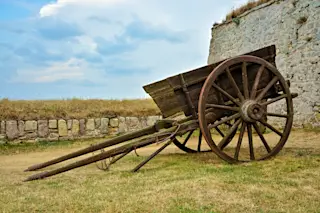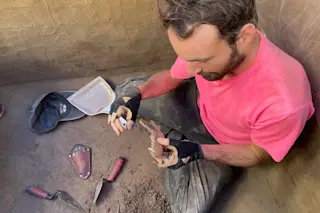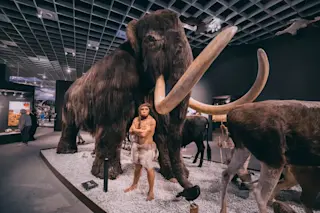Imagine liking your car so much you put its picture on a coffee cup. Or — to kick the gesture up several notches — how about being buried with your ride when you die?
Not many of us would decorate a mug with our wheels, let alone take them to the grave. But about 5,000 years ago, Bronze Age people did both, and those acts created some of the oldest surviving evidence for wheeled vehicles.
Thanks to these finds and others, scholars agree that the wheel was invented somewhere in Eurasia or the Middle East between 3000 and 3400 B.C. Once developed, the technology spread quickly, transforming society as it went. Carts and wagons eased the burden of daily tasks like hauling water, timber and food. They also allowed people to travel over land with relative ease, turning the continental plains into a throughway for trade, migration and cultural connections.
...














